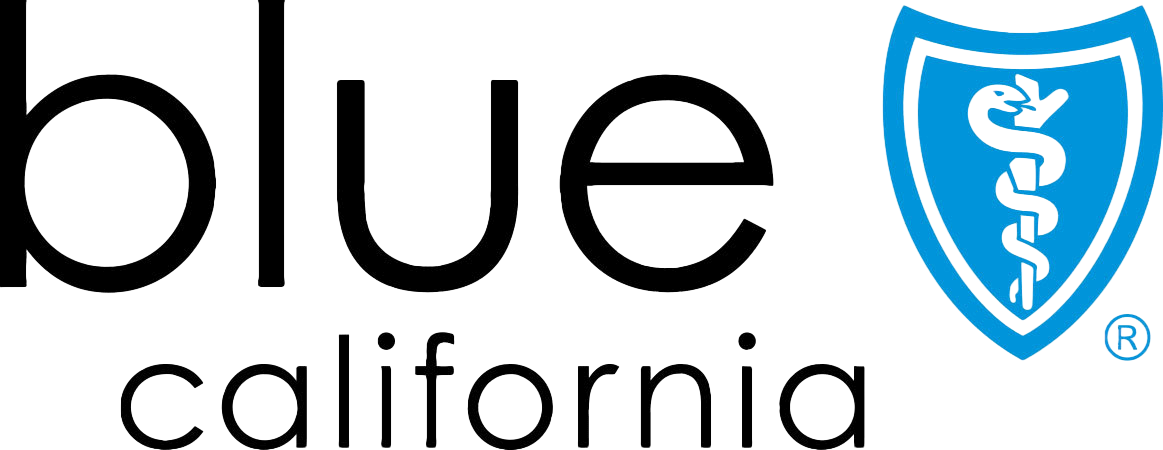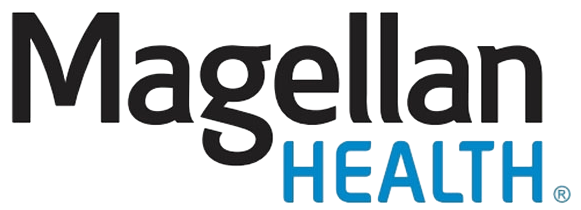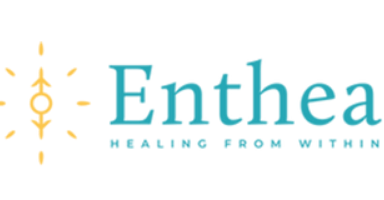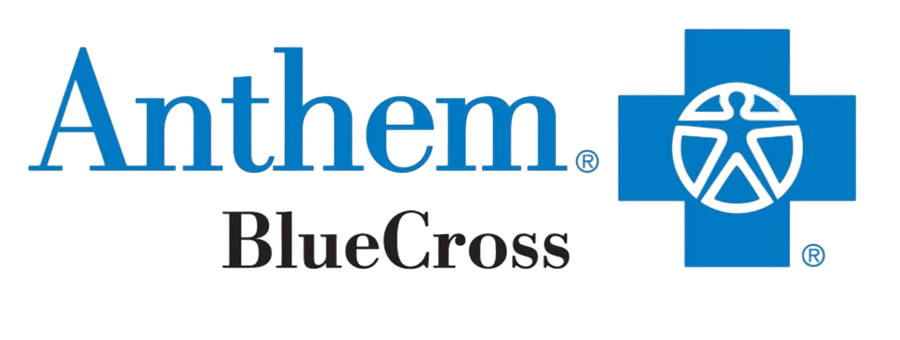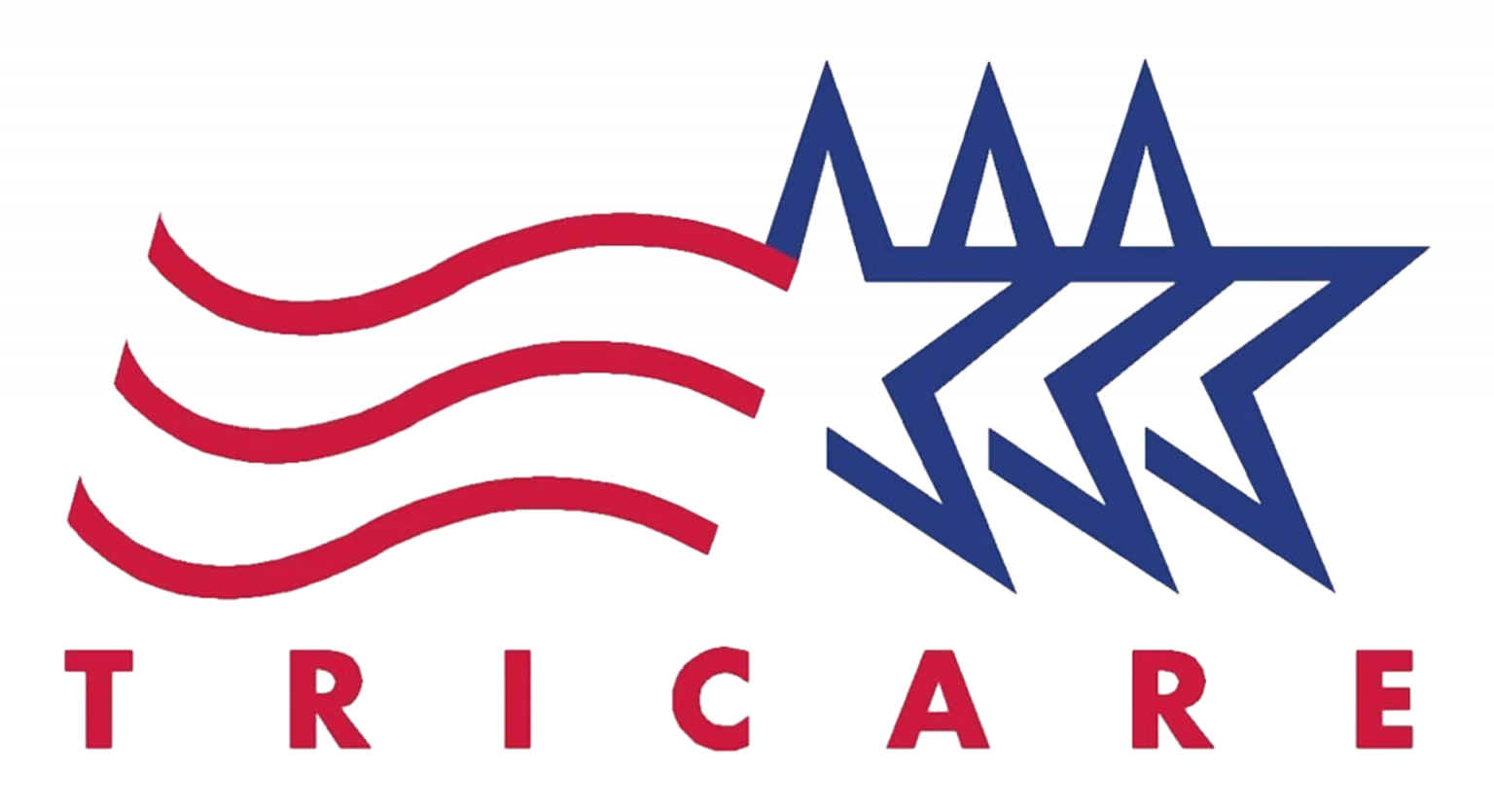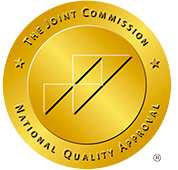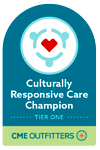fMRI-Guided TMS
fMRI-Guided TMS is the most accurate and effective approach to multi-site TMS available and can be added to any Bespoke Treatment TMS therapy in Los Angeles. fMRI-Guided TMS works by combining TMS treatment with functional neuroimaging (fMRI) and neurosurgeon-trusted technology. This approach allows your provider to accurately visualize, identify, and treat various dysfunctioning brain centers involved in mood in real-time. The result is hyper-targeted, hyper-precise TMS.
What is TMS?
TMS is an FDA-approved alternative treatment for depression that uses targeted magnetic therapy. TMS treatment is covered by most major insurances, is non-invasive, and has few treatment side effects. With TMS therapy, you can see relief for symptoms of treatment-resistant depression, anxiety, OCD, and more.
Get StartedThe Benefits of fMRI-Guided TMS
Meet the most advanced TMS treatment for depression, anxiety, and OCD – now offered at Bespoke Treatment in Los Angeles: fMRI-Guided TMS.
Treatment Driven By Your Data
Your TMS protocol is driven by your functional brain imaging and advanced brain mapping — the same technologies trusted by neurosurgeons.
Increased Results
fMRI-Guided TMS therapy’s success rate is significantly higher than standard TMS protocols. fMRI-Guided TMS is more precise and more likely to be effective in relieving mood disorder symptoms for depression, anxiety, and OCD.
Fewer Side Effects
Tailored-to-you TMS protocols and accurate targeting result in fewer treatment side effects.
How Does fMRI-Guided TMS Work?
When you opt for fMRI-guided TMS, you’ll receive a functional MRI (fMRI) of your brain before starting TMS treatment. Your Bespoke Treatment care team will use your fMRI neuroimaging and advanced technology to identify and map brain centers involved in mood, specific to your symptoms and diagnosis.
From there, your provider develops your fMRI-guided TMS protocol with you – consulting your brain mapping results, symptoms, diagnoses, and treatment goals. During treatment, we see real-time visuals of your brain and precise coordinates to treatment zones. There’s no guesswork involved. This approach allows for precision and transparency in your care and is similar to how a surgeon would perform a consultation with you and review your X-ray or MRI to create a surgical treatment plan.
What’s the Difference: fMRI-Guided TMS & Regular TMS
fMRI-guided TMS is much more advanced compared to traditional TMS, allowing for the most precise and impactful TMS therapy available in Los Angeles.
Neurosurgical Accuracy
With fMRI-Guided TMS, robust imaging, precise brain mapping, and real-time visual feedback are used to better understand, identify, and accurately target the parts of your brain involved in mood regulation.
Multi-Site Precision
With fMRI-Guided TMS we can accurately target multiple brain centers, not just the LDLPFC. This allows us to more accurately treat parts of the brain involved in mood disorders like depression, anxiety, and OCD.
Stimulate or Inhibit
fMRI-Guided TMS can help us more effectively visualize (and then effectively stimulate or inhibit) neural pathways than traditional TMS. Most traditional TMS approaches only use stimulation because they aren’t precise enough to target smaller neural pathways.
Confident Protocol Refinement
Many TMS practitioners use a standard protocol. Our team continually reassesses your progress and adjusts your treatment protocol — typically duration and/or treatment site — to help optimize your TMS therapy plan and help you reach your goals.
Why Precision Matters in TMS
Precision is everything in TMS therapy. Just a few centimeters can be the difference between whether or not the right part of the brain is targeted during treatment – and can make or break if TMS treatment will give you symptom relief.
Traditional TMS can be precise enough to work for many. But for some, these older protocols won’t cut it. Non-fMRI-Guided protocols can’t account for variations in your unique neurophysiology and aren’t precise enough to confidently target smaller neural pathways.
Imagine aiming for a bullseye but hitting the outer ring every time instead. That’s been the challenge with traditional TMS therapy.
Historically, when people didn’t see improvements with traditional TMS the problem was that TMS treatment wasn’t delivered to the right spot.
Instead of targeting brain areas linked to mood, some practitioners were slightly missing the mark, affecting areas unrelated to depression or other mood disorders.
How can we make TMS more effective for depression, anxiety, and OCD? By ensuring a precise approach at every session. Enter fMRI-Guided TMS.
If you’re looking for the best shot at TMS success, an fMRI-guided approach is the answer. fMRI-Guided TMS provides an accurate map of your brain, allowing your Bespoke Treatment provider to hit the “bullseye” (or treatment target zone) at every session.

Do You Need an MRI for TMS?
Many patients ask us, “Do you need a brain scan for TMS”? The short answer is not necessarily. However, it can increase the likelihood that TMS treatment is a success for you.
We highly recommend fMRI-Guided TMS, which requires a functional MRI, also known as a brain scan, before starting TMS. Some of the benefits of fMRI-guided TMS include increased likelihood of efficacy, increased chances of symptom remission, and reduced treatment side effects.
fMRI-Guided TMS can be added to any Bespoke Treatment TMS treatment plan.
What is an fMRI?
An fMRI works by detecting changes in blood flow in your brain. When a brain area is more active, it consumes more oxygen, and blood flow to that region increases. An fMRI can clearly identify which parts of the brain are involved in specific mental processes and therefore is an invaluable tool for both research and clinical applications. fMRIs are often used in pre-surgical planning and the assessment of brain function in health and disease.
What Does the Process Look Like?
Before starting fMRI-Guided TMS, you’ll receive detailed imaging of your brain with an fMRI. This is also referred to as getting a brain scan before TMS.
This imaging allows for a clear view of your unique brain anatomy. We create a detailed map of your brain to allow for hyper-precise targeting based 100% on your unique neurophysiology.
When you come in for your first TMS treatment, the machine will be calibrated to your unique brain and head’s specifications, which can improve outcomes while reducing potential treatment side effects.
The Science Behind fMRI-Guided TMS Therapy
By visualizing the brain’s activity and physiology in real-time, the fMRI-Guided approach ensures that TMS targets the exact spot needed for the best outcomes. For those with depression, we now know this area is where two parts of the brain are most highly connected: the left dorsolateral prefrontal cortex (LDLPFC) and the subgenual anterior cingulate cortex (sgACC).
Still, many practice TMS with the intent to target the left dorsolateral prefrontal cortex. This is because we have known for decades that, in folks living with depression, the LDLPFC is often underactive compared to its counterpart on the right-hand side. The imbalance in brain activity between the two counterparts is what can result in the manifestation of anxiety and depression.
Many approaches have been tried to best target the LDLPFC, which is not a small area of the brain. However hyper-precise targeting to the center of the LDLPFC alone didn’t result in better TMS treatment outcomes – even when using MRI imaging or measurement-based algorithms like BeamF3.
This phenomenon was explained when we came to understand the crucial role that the subgenual anterior cingulate cortex (sgACC) connection point plays in mood regulation. The sgACC is a smaller brain area that is connected to the LDLPFC. Like the LDLPFC, the sgACC is responsible for emotional processing. But unlike the LDLPFC, which is underactive in people with depression, the sgACC is often overactive.
When the LDLPFC is functioning properly, it helps to inhibit the sgACC. But in those with depressed brains, we see that the LDLPFC isn’t able to help tune down the activity of the sgACC.
We’ve since discovered that the key to true TMS success is stimulating the area where the LDLPFC and sgACC meet, as evidenced by the SAINT TMS trials conducted at Stanford in 2020.
Stanford Accelerated Intelligent Neuromodulation Therapy (SAINT) used TMS Therapy in a way that most of the world had yet to see. SAINT paired an accelerated design (meaning more than one treatment per day) with a profoundly elegant method of finding the TMS treatment area for depression. Instead of looking for the center of the LDLPFC, SAINT looked for the part of the LDLPFC most highly connected to the sgACC using fMRI neuronavigation. This meant that SAINT looked at the neural dynamics in real time to match the ideal placement for each person. This innovation led to depression remission in 79% of patients after just 5 days.
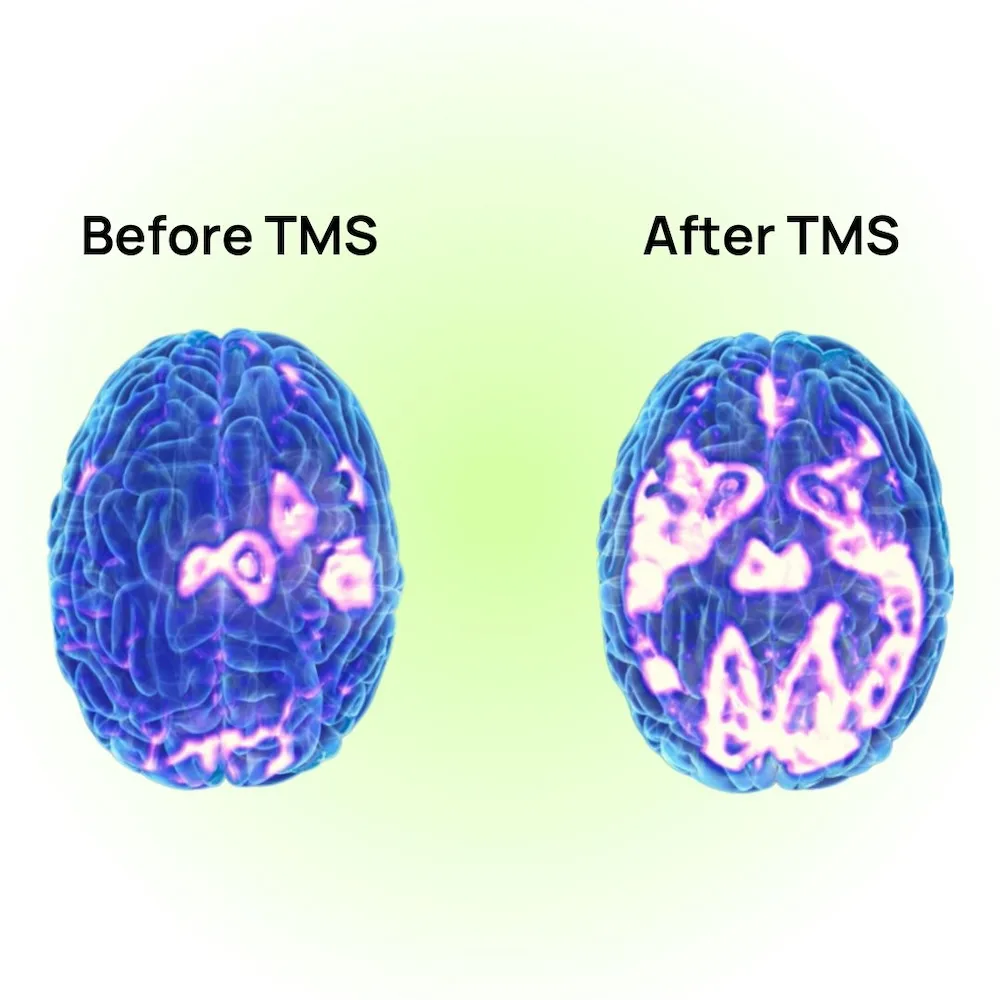
Is fMRI-Guided TMS Right for Me?
If you’re wondering, “Does TMS work?”, then consider opting for fMRI-Neuronavigated TMS in Los Angeles at Bespoke Treatment. Your provider will perform a comprehensive evaluation evaluation to see if TMS therapy is best for you. If you’re looking for scientifically proven therapies for treatment-resistant depression, anxiety, or OCD, TMS may be a good fit for you.
However, there are some situations in which TMS therapy is contraindicated: if you have metal in your head (dental fillings are fine), a pacemaker, an implanted cardioverter defibrillator, vagus nerve stimulators, or epilepsy.
If TMS isn’t right for you, Bespoke Treatment also offers ketamine treatment in Los Angeles, Santa Monica, and Las Vegas, including infusions and intranasal sprays. We also offer other alternative therapies, such as Prism Neurofeedback.
Have questions about TMS? Let’s talk. We’re here for you.
(833) 646-0763
Experience Relief With fMRI TMS Therapy
If you are searching for the best TMS therapy provider in Los Angeles, Las Vegas, and Santa Monica, Bespoke Treatment is the right place for you. Contact our mental health professionals to find the best treatment options.
Schedule a Consultation






